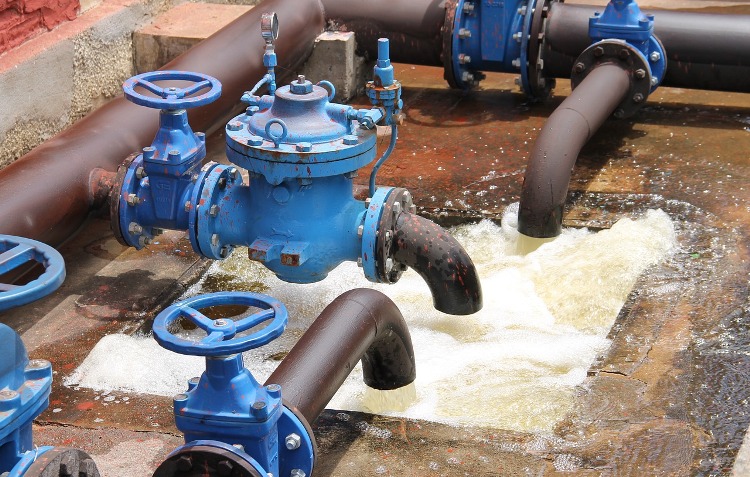Rigorous assessment of system components is a cornerstone of reliable nuclear power plant operations and key to the long-term sustainability of the industry. An IAEA Coordinated Research Project (CRP) that concluded in 2021 has produced a comprehensive framework for evaluating the frequency of pipe failures in advanced water-cooled reactors (WCRs). This three-year project brought together expert knowledge to develop a novel approach for analyzing pipe reliability, aiding the safe and efficient operation of both existing reactors and future projects.
Piping integrity is essential to nuclear power plant (NPP) safety and reliability. Pipes are critical for transporting cooling water to the reactor vessel and spent fuel pool, carrying steam to electricity-generating turbines, and delivering hydrogen to cool generator components. Since the 1960s, understanding and preventing potential failures in primary coolant systems has been a continuous process, leading to robust methodologies and practices for piping reliability analysis.
With the emergence of advanced WCRs, comprehensive piping reliability analysis has become increasingly important. These reactors' unique designs, materials, and operating environments present new challenges in assessing and mitigating piping failure risks. Despite progress in methodology development, a lack of relevant operating experience data specific to advanced WCRs remains a significant challenge. This data gap complicates accurate reliability assessments and necessitates innovative solutions.
The selection of piping materials and design approaches for advanced WCRs aims for higher structural reliability within pressure boundaries. It is anticipated that probabilistic pipe failure rates for these reactors will be significantly lower, potentially by an order of magnitude. However, due to the absence of operational experience data, uncertainties in reliability assessments are considerable. Addressing this challenge requires meticulous documentation and validation of model inputs and outputs.
CRP Results
The CRP produced a seven-step analytical framework to enhance consistency in piping reliability analysis for advanced WCRs. Key elements of this framework include consistent terminology, defining pipe failures, setting requirements for state-of-the-art reliability models, and differentiating between pipe failure rate, frequency, and probability. The framework also addresses structural integrity management processes analytically.
Benchmarking different methodologies applied in the project yielded several conclusions:
Extensive input data preparation and computer code implementation are required for quantification processes and uncertainty analyses.
Successful implementation relies on pre-planning computations and post-processing results.
Practical application experience is crucial for analysts.
Operating experience data on material performance and pipe failures is invaluable for all methods.
Impact and Relevance
Participants documented their findings in an IAEA Technical Document and a Nuclear Energy Series publication. The publications, "Technical Insights from Benchmarking Different Methods for Predicting Pipe Failure Rates in Water Cooled Reactors" and "Methodologies for Assessing Pipe Failure Rates in Advanced Water Cooled Reactors," provide valuable insights and recommendations. These resources guide countries in applying suitable methodologies for pipe failure rate analysis in advanced WCRs, ensuring the continued safety and reliability of nuclear installations worldwide.
Nine research contract and agreement holders from Canada, Germany, the Republic of Korea, Lithuania, Malaysia, the United States of America, and Tunisia participated in this CRP.











